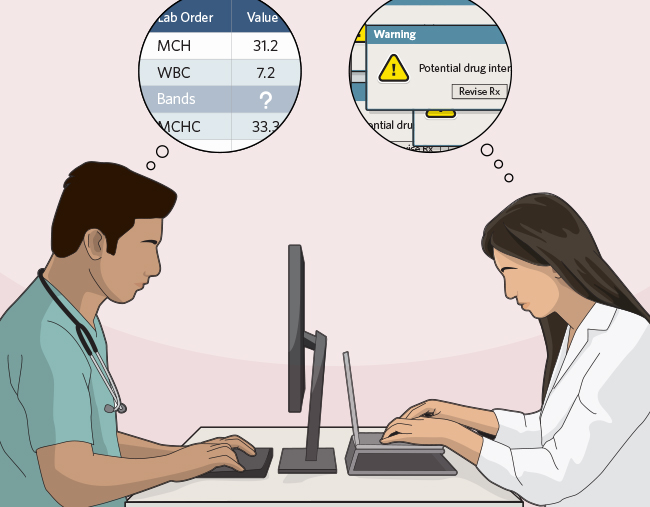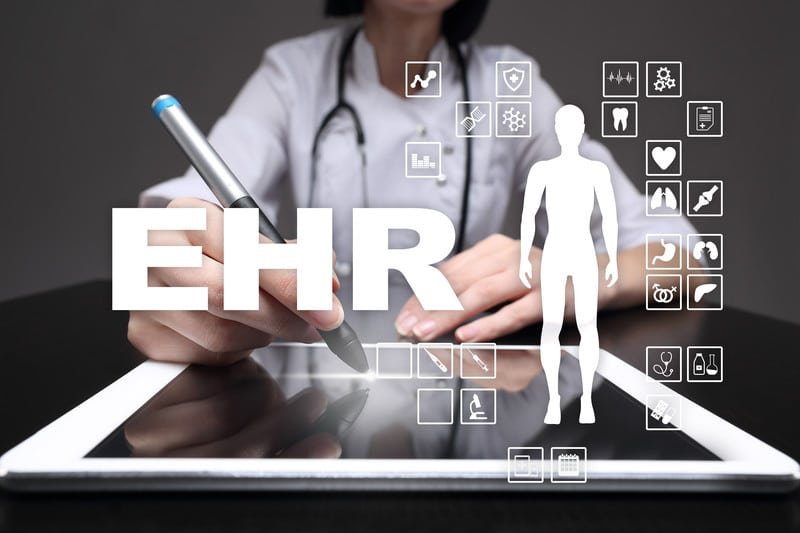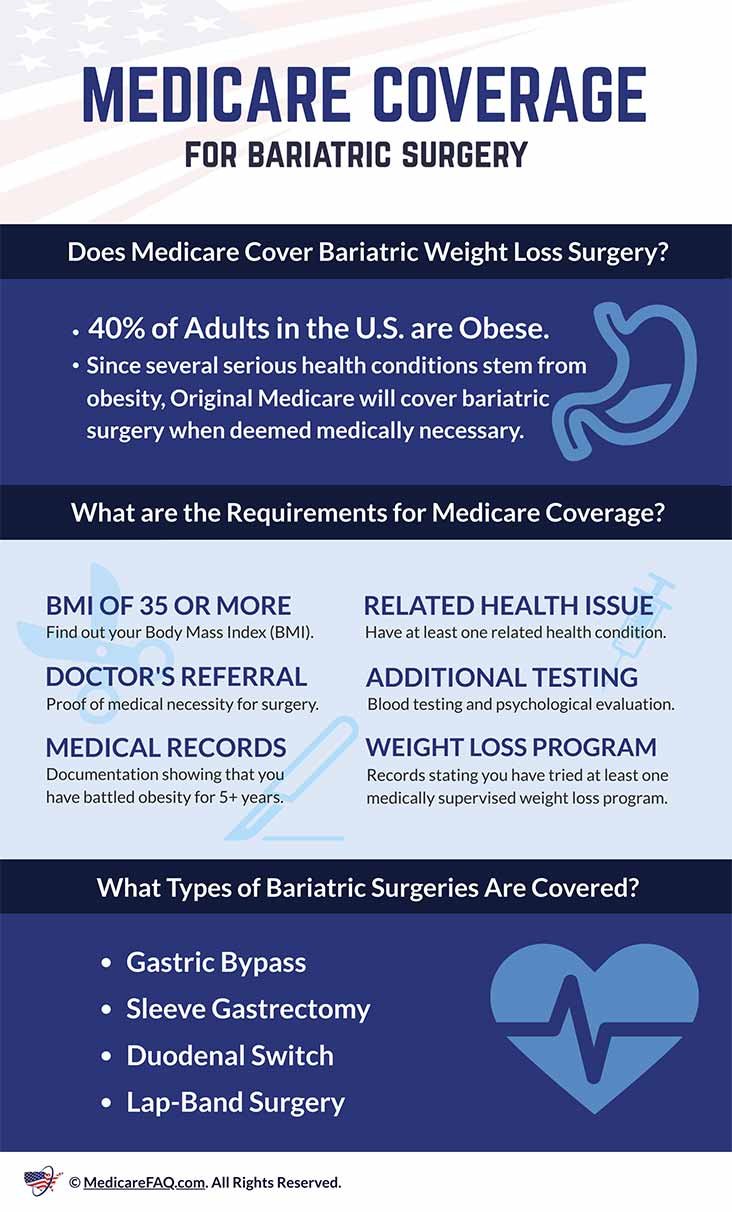Corrections to the Electronic Health Record (EHR) are typically made through an amendment process that includes documenting the reason for the change. Authorized healthcare providers can make edits in line with an organization’s policies and regulatory guidelines.
Electronic Health Records have revolutionized the management of patient information, ensuring data is accessible and streamlined in clinical settings. These digital records necessitate a strict protocol for amendments to maintain data integrity and comply with legal standards. The correction process in an EHR involves locating the original entry, making the necessary changes, and thoroughly documenting the reasoning behind the edit.
It’s essential for these adjustments to be trackable, creating an audit trail that provides transparency and accountability for every change. Effective management of these records supports better patient outcomes, enhances data accuracy, and safeguards confidential information. Healthcare organizations must train their staff to navigate EHR systems properly and adhere to best practices for editing patient records, as improper usage can lead to compromised patient care and potential legal issues.

Credit: www.pewtrusts.org
Electronic Health Records: Significance And Sensitivity
In the digitized world of healthcare, Electronic Health Records (EHRs) stand out as critical tools. They store patients’ health information electronically. This shift from paper to digital has transformed healthcare. It allows for quicker access and sharing of a patient’s history. Its significance is clear, yet the sensitivity of this data cannot be overstated.
Ehrs In Modern Healthcare
The role of EHRs in modern healthcare is vital. Doctors and nurses rely on them for accurate information.
- Records include medical history, diagnoses, medications, and treatment plans.
- EHRs support the decision-making of healthcare professionals.
- They can improve patient outcomes when used effectively.
Potential Risks Of Data Inaccuracy
Data inaccuracy in EHRs can lead to serious risks. Wrong information may result in improper treatment.
| Risk Factor | Consequence |
|---|---|
| Inaccurate Allergy Information | Dangerous allergic reactions |
| Incorrect Medication Dosages | Potential for overdose or underdose |
| Misrecorded Patient Histories | Misdiagnosis and complications |
To control these risks, strategies for correcting EHR errors are essential. They ensure patient safety and care quality.

Credit: www.medpro.com
The Imperative Of Accurate Clinical Documentation
The Imperative of Accurate Clinical Documentation cannot be overstated in the realm of healthcare. Precise records are crucial for the continuity of care. A well-maintained Electronic Health Record (EHR) ensures that healthcare providers have instant access to a patient’s history. This detail aids in making informed decisions. But what happens when errors sneak into these digital records? Addressing inaccuracies promptly and effectively is vital for patient care and meeting legal and compliance obligations.
Impacts On Patient Care And Safety
Quality clinical documentation in the EHR has a direct impact on patient care and safety. Correct and comprehensive records support accurate diagnoses and treatments. Errors in an EHR can lead to:
- Medical mistakes: Wrong patient information can result in incorrect treatments.
- Delays in care: Clinicians may waste time verifying details instead of treating.
- Pharmacy errors: Inaccurate prescriptions can be dangerous to patient health.
To prevent these issues, corrections are meticulously made. Authorizing personnel implement changes. They follow strict protocols to ensure that every update reflects the true clinical scenario.
Legal And Compliance Considerations
Legal and compliance factors drive the need for precise EHR management. Errors can lead to:
- Legal liability in the case of malpractice allegations.
- Regulatory penalties if found in violation of health laws.
- Loss of trust from patients and the medical community.
Corrections follow a documented process. This process complies with HIPAA and other healthcare regulations. It involves leaving an audit trail to track changes, without erasing the original entry. This transparency is essential for maintaining integrity within medical records.
Common Sources Of Errors In Ehrs
The accuracy of Electronic Health Records (EHRs) is vital for patient safety and care quality. Despite their benefits, errors can seep into EHRs from multiple sources. Recognizing common sources of errors helps improve data integrity and patient outcomes.
User Input Mistakes
One major source is incorrect user input. Health professionals can accidentally enter data into the wrong patient’s record or make typos that alter healthcare information. Paying attention to detail is crucial with EHRs.
- Transcription errors: Mixing numbers or letters can lead to serious mistakes.
- Duplicate entries: They can clutter records, making it hard to identify correct information.
- Incorrect patient information: Such mistakes can affect diagnoses or treatments, often severely.
Software Glitches And Integration Issues
Software problems can also lead to EHR inaccuracies. Compatibility issues between different systems can cause data-loss or duplication. A seamless EHR integration minimizes errors.
| Type of Software Issue | Possible Consequences |
|---|---|
| System crashes | Loss of unsaved data |
| Outdated software | Higher risk of data corruption |
| Incompatible systems | Data not syncing properly across platforms |
Best Practices For Making Corrections
Editing an Electronic Health Record (EHR) demands precision. It involves strict protocols to protect patient information. Let’s look at the best ways to make these changes.
Timeliness And Prompt Attention To Errors
Quick action is key when fixing mistakes. Record errors can affect patient care. Staff need to correct them as soon as possible.
- Identify errors quickly.
- Make the correction immediately.
- Review changes to ensure accuracy.
Timely revisions prevent misinformation from spreading. They keep the EHR current and reliable.
Maintaining Data Integrity And Traceability
Every correction should be traceable. It maintains the record’s credibility. Every entry has an edit history to show who made changes and when.
| Action | Date | User |
|---|---|---|
| Original Entry | 2023-01-15 | Dr. Smith |
| Correction | 2023-01-16 | Nurse Jones |
- Always log in with a personal ID.
- Never delete an original entry.
- Add a dated note explaining the correction.
These steps keep the EHR transparent and secure. We ensure the record’s history is clear for all users.
The Role Of Auditing In Ehr Management
The management of Electronic Health Records (EHRs) is a critical part of healthcare administration. Auditing plays a key role in ensuring that these digital records remain accurate and reliable. Auditing involves continuous monitoring and reviewing of the EHR system. This helps catch any inaccuracies or inconsistencies that may affect patient care and compliance with healthcare regulations.
Regular Reviews And Error Detection
To maintain the integrity of EHRs, regular reviews are a must. They involve systematic checks to identify and correct errors. Teams tasked with these reviews typically include healthcare professionals and IT specialists. They work together to:
- Verify that entries are complete and accurate.
- Track changes in the record over time.
- Ensure compliance with current healthcare standards.
- Review the system for potential security breaches.
Identified errors could range from minor typos to major diagnostic inaccuracies. Once found, corrections are promptly made to ensure the EHR mirrors the real-world patient information.
Continuous Quality Improvement Process
Auditing is part of a larger quality improvement process. This process is ongoing and strives for excellent care. It involves:
- Setting benchmarks for performance based on health standards.
- Collecting data to assess EHR usage and effectiveness.
- Analyzing findings to identify areas for enhancement.
- Implementing changes aimed at optimizing record-keeping practices.
By embracing a continuous improvement mindset, healthcare providers can ensure that their EHR systems consistently support the highest level of patient care.

Credit: www.chegg.com
Training Healthcare Staff On Ehr Correction Protocols
Correcting Electronic Health Records (EHRs) is crucial for patient safety and care quality. Staff training on EHR correction protocols ensures errors are fixed promptly and accurately. This segment explores how healthcare organizations can train their personnel to handle EHR corrections with competence and confidence.
Comprehensive Onboarding Education
Every new employee must learn the proper way to manage EHRs. Onboarding education is the first step to understanding EHR correction protocols. A tailored training program includes:
- Understanding the importance of accurate EHRs
- Identifying common EHR entry errors
- Hands-on practice with the EHR system
- Reviewing case studies and correction examples
This foundational training secures a well-prepared workforce from day one.
Ongoing Training Programs
EHR knowledge must stay current. Ongoing training programs are essential for long-term accuracy in record management. These programs could include:
| Program | Details |
|---|---|
| Quarterly Workshops | Updates on new EHR features and best practices |
| Annual Certification | Assessment to confirm staff understanding of correction protocols |
| Feedback Sessions | Team discussions on challenges and solutions in EHR management |
Constant education assures staff stays up-to-date with the dynamic healthcare environment.
Engaging Patients In Their Ehr Accuracy
Engaging patients in their Electronic Health Record (EHR) accuracy plays a crucial role in modern healthcare. EHRs are the digital equivalent of a patient’s paper chart, filled with their medical history, treatments, and personal health information. When patients take an active role in reviewing and updating their health records, it ensures the information is current, complete, and correct. This partnership between healthcare providers and patients can significantly enhance the quality of care.
Patient Access To Their Personal Health Records
Ensuring patient access to personal health records is the first step towards accuracy in EHRs. With secure online portals, patients can easily review their health data from anywhere. This empowers them to:
- Verify personal information like name, date of birth, and contact details.
- Check medication lists for any discrepancies.
- Review medical history and test results for accuracy.
Encouraging Patient-facilitated Error Reporting
Error reporting by patients is a vital process in maintaining EHR integrity. Healthcare providers should encourage patients to report any inconsistencies they notice. A simplified process can be set up using:
- Online error reporting tools integrated into the patient portal.
- Clear instructions on how to report errors.
- Assurance of no negative repercussions for reporting discrepancies.
Empowering patients in this way not only helps catch and correct errors but also builds trust in the healthcare system.
Technological Solutions And Future Of Ehr Management
Technological Solutions and Future of EHR Management are paving the way for a revolution in how we handle health records. Enhanced accuracy and privacy are at the forefront of this evolution. Cutting-edge tools not only simplify corrections but avoid errors before they happen. Let’s look at two pivotal technologies shaping the future of EHR management.
Machine Learning And Ai For Error Prevention
Artificial Intelligence (AI) and Machine Learning (ML) are game-changers in health data management. These smart systems can predict and prevent errors in several ways:
- Natural Language Processing (NLP): Transforms free-text into structured data, reducing errors in data entry.
- Pattern Recognition: Identifies anomalies in health records prompting early correction.
- Consistency Checks: Ensures all entered data match the patient’s historical information.
These technologies greatly reduce the need to make corrections by ensuring accuracy from the start.
Blockchain For Enhanced Security And Transparency
Blockchain technology offers a robust answer to EHR security and transparency concerns through:
| Feature | Benefit |
|---|---|
| Decentralization | No single point of failure, improving data integrity |
| Immutable Records | Once entered, data cannot be altered, ensuring transparency |
| Encryption | High-level security protects sensitive health information |
| Smart Contracts | Automate permissions and data sharing rules |
Blockchain secures EHRs against unauthorized access and gives patients control over their data.
Frequently Asked Questions
How Do You Make Corrections In Electronic Patient Records?
To correct electronic patient records, access the file with proper authorization. Make the update while clearly noting the edit reason. Ensure the original content remains visible. Save changes following your healthcare facility’s protocol. Document all modifications for transparency and legal compliance.
How Are Amendments To The Ehr Handled?
EHR amendments follow a strict protocol ensuring accuracy and audit trails. Users request changes, which authorized personnel review and approve before updating the record. This process maintains data integrity and compliance with healthcare regulations.
When Correcting An Error In An Electronic Medical Record Provider, Should?
Correct errors in an electronic medical record (EMR) by annotating the mistake, providing the correct information, ensuring all changes are traceable, never deleting original content, and complying with legal and regulatory guidelines.
How A Patient May Make Corrections To Their Medical Record?
To correct medical records, a patient should contact their healthcare provider’s medical records department. They must submit a formal written request detailing the desired changes and provide supporting documentation if necessary. The provider will review and amend the records as appropriate.
Conclusion
Navigating through the intricacies of updating electronic health records (EHR) is crucial. This post has illuminated the process, highlighting safeguards and protocols. To maintain accuracy and patient safety, we must engage meticulously with EHR corrections. Embrace these practices for a flawless health information system.
Remember, precision in EHR updates is not just beneficial; it’s imperative.







